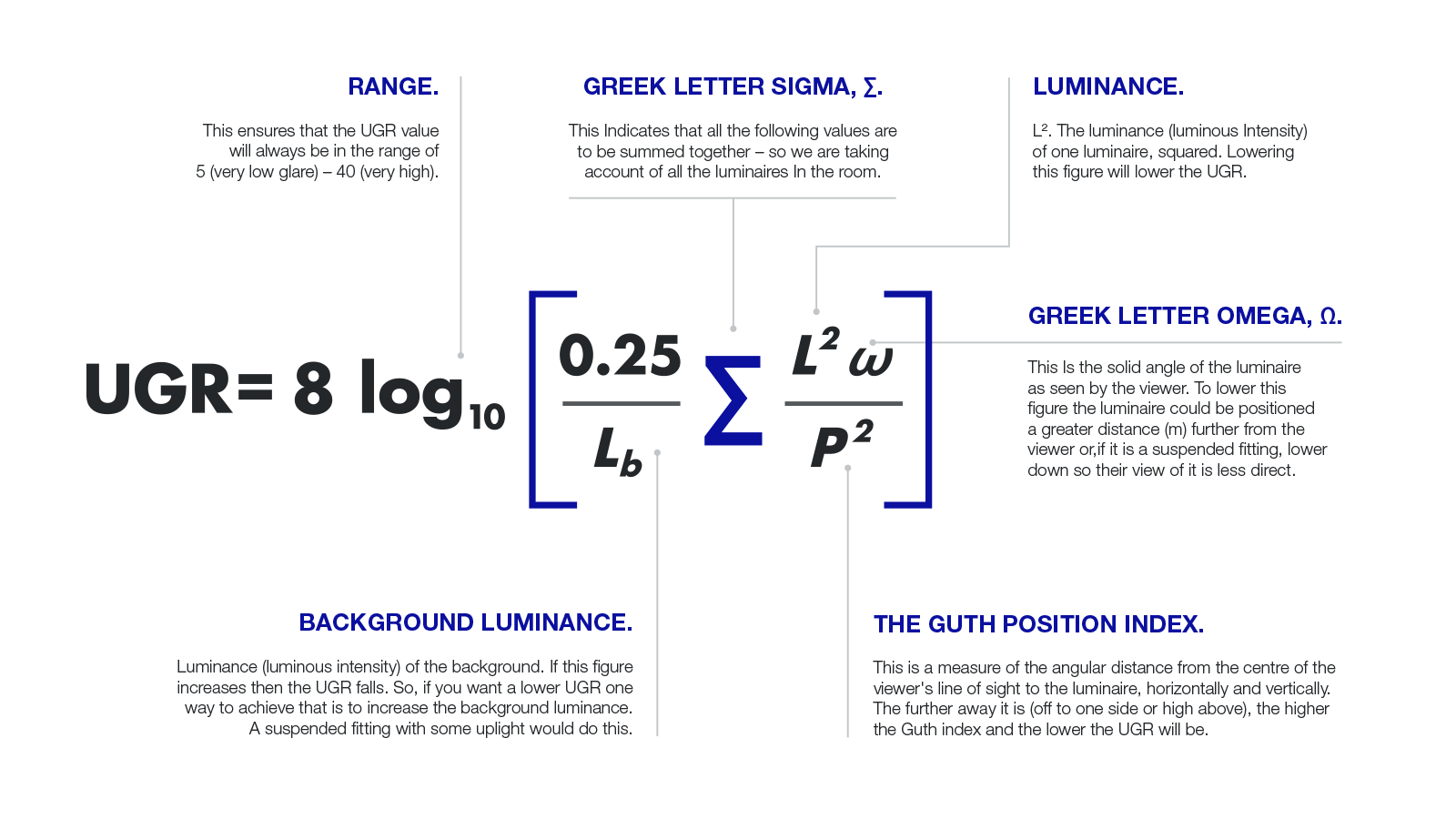Embracing Evolution: Does Your Control Room Lighting Support Operator Vigilance And Alertness And Human Performance?

The Imperative of Science-Based Control Room Lighting
The most common complaints from control room operators (CRO) in relation to the control room working environment design are associated with the artificial lighting – a clear signal that a scientifically grounded approach to lighting design is essential.
In many cases poor lighting design leads to CRO discomfort and fatigue, resulting in the lighting being dimmed down to minimum level or often turned off completely. Neither of these scenarios are desirable or without risk – the lighting controls are not a solution to the problem. The root cause is almost always due to the presence of direct or indirect glare from light sources, which can only be addressed by a scientifically informed design methodology.
Poor lighting design leads to increased cost & risk
Once a control room is commissioned and fully operational retro fitting or decommissioning/redesigning failed or deficient control room lighting designs is usually expensive and it is also highly disruptive to operations, which underlines the importance of getting the lighting design right from the very beginning, using an evidence based, scientifically informed approach.
In safety critical industries it is well recognised that poor lighting in 24/7 safety critical operational environments is a ‘Performance Shaping Factor’ and detrimental to both operator vigilance and alertness and human performance, which means that lighting design isn’t a matter of preference or aesthetics, it’s of critical importance to the operations safety, efficiency, and effectiveness.
Standards That Call for Scientific Rigor
Industry guidance is provided by standards such as ISO 11064 Part 6 – Lighting Design Guidance, EEMUA Publication 201 Edition 3 - Control Rooms: A Guide to their Specification, Design, Commissioning, and Operation, CIBSE Lighting Guide 22 (2022) - Lighting for Control Rooms, etc.
While these standards provide high level performance criteria, they lack specific guidance on how to achieve it, and they have not kept pace with the changes in lighting technologies or operational roles, and equally Human Machine Interface (HMI) technologies.
The Necessity of Understanding Glare Rating Compliance
ISO 11064 Part 6 – Lighting Design Guidance does makes specific reference to compliance with Unified Glare Rating (URG) - UGR<19.
The concern of glare is usually addressed with the application of the Unified Glare Rating (URG) formula shown here:
Unified Glare Rating Formula

This formula addresses the complex glare concerns faced in the latest generation 24/7 safety critical operational environments. A detailed understanding of the of the formula and its ramifications are essential in ensuring that the concern of glare is correctly addressed.
The Omega and Guth are the key elements of the formula within control rooms as these are a constant variable from project to project. Modern control rooms with overviews and video walls result in a complex potential for the operators’ lines of sight, many of which will include the ceiling and therefore the lighting within the operators’ primary operational viewing cones.
In normal office environments the typical staffing lines of sight will rarely rise beyond the eye line horizontal. Most light fittings, available on the market, the design photometrics are based on this criterion.
Beyond Fixture Specifications to Effective Lighting Design
While lighting manufacturers will state that their light fittings are suitable for use in UGR<19, the use of these light fittings does not ensure compliance with UGR<19 as it is the room dimensions, operational layout, operational HMI equipment layouts, operational tasks and lines of sight, and lighting design that result in UGR<19 compliance as a single entity.
Task-Centric Lighting vs. Room-Centric Lighting
Most control rooms lighting designs light the room rather than being based on the specific operational tasks. This is often in compliance with corporate governance and standards that have not kept pace with the changes in control room technology or the operational tasks to be carried out. Giving priority to lighting the various critical operational tasks, rather than the overall room dimensions, is essential in a successful lighting design with end user approval.
Coping with HMI Technology Changes
The recent and rapid development of HMI technologies has also complicated the requirements of the lighting design. The most complex of the recent process control technology, from a glare risk perspective, is the introduction of desktop mounted digital touch screens. Their surface is often highly reflective with the operators looking down into them at high angles below the eyeline horizontal posing a high risk of reflective glare, as the display directly reflects the ceiling.
These screens present a significant glare risk that must be intelligently managed through a lighting system designed with an understanding of the risks posed—something that can only be achieved through a rigorous, research-driven approach.
Research as a Foundation for Effective Design
For over 30 years we have extensively researched the lighting of controls rooms in a variety of industries, our expertise and knowledgebase in control room operations, human-machine interface (HMI) technologies, and the specific lighting needs of around-the-clock, safety critical environments, have become highly refined.
In addition to providing us with a comprehensive understanding of the ‘real-world’ operational needs & user requirements, we also keep pace with the evolving lighting market driven by emerging technological advancements. We then utilise the latest sophisticated calculation and simulation tools to ensure that our control room lighting designs are effective and accurate first time, every time.
Does your control room lighting support operator vigilance and alertness and human performance?






